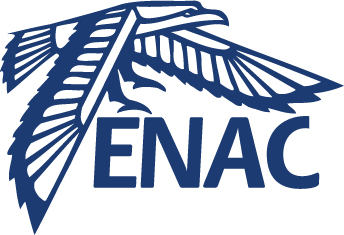Using convolutional neural networks to detect GNSS multipath
Résumé
Global Navigation Satellite System (GNSS) multipath has always been extensively researched as it is one of the hardest error sources to predict and model. External sensors are often used to remove or detect it, which transforms the process into a cumbersome data setup. Thus, we decided to only use GNSS correlator outputs to detect a large-amplitude multipath, on Galileo E1-B and GPS L1 C/A, using a convolutional neural network (CNN). This network was trained using 101 correlator outputs being used as a theoretical classifier. To take advantage of the strengths of convolutional neural networks for image detection, images representing the correlator output values as a function of delay and time were generated. The presented model has an F score of 94.7% on Galileo E1-B and 91.6% on GPS L1 C/A. To reduce the computational load, the number of correlator outputs and correlator sampling frequency was then decreased by a factor of 4, and the convolutional neural network still has an F score of 91.8% on Galileo E1-B and 90.5% on GPS L1 C/A.
| Origine | Fichiers produits par l'(les) auteur(s) |
|---|
